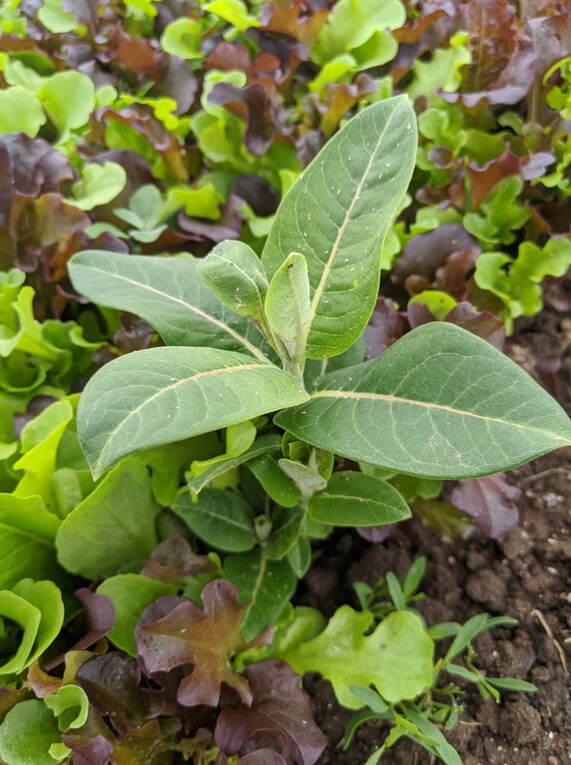Spring is a great time to transplant milkweed plants! Milkweed has a deep taproot and it is best to transplant when the plant is small and the tap root is not as deep. If you cut off too much of the taproot then it is not likely to succeed. 1. It is best to transplant milkweed in the spring when the plant is small. Transplant on a day that is cloudy or during the cooler morning/evening hours. This will make it less stressful on the plant.
9 Comments
Juanita M Strait
6/29/2020 11:50:01 am
I have to move 2 milkweed plants that will get damaged by work being done if I leave them. I have no choice but to move within the next 7-10 days. We are going to be in the mid to high 80's! Any tips & advice? Please. Please.
Reply
Marcha Ann Garn
6/1/2022 09:15:19 am
For any transplant in hot weather, sunny locations I use a box to shade the plant for a few days and keep the soil moist around it and lightly spray the leaves with water.
Reply
Henderson Dick and Ann
9/7/2020 10:10:01 am
transplanting milkwees from a pot to a bed
Reply
Chelsea
2/19/2021 08:59:30 pm
I've had zero luck direct-sowing my milkweed--critters get to it every time. I started some inside and am hoping to be able to successfully transplant it out in a month or two...fingers crossed at least some of it takes! Thanks for posting this, obviously I'm going to have to harden it off since I started it indoors, but I didn't realize it would get such a deep taproot so I'm definitely going to have to get it out early so it doesn't get root-bound!
Reply
Grace Murray
4/25/2022 05:35:37 am
Try using peat pots for starting seed. Much less trauma to the roots. Be sure to remove any peat above the soil line as this wicks moisture from the soil. I use seed starter mix to encourage root growth mixed 1/2 and 1/2 with whatever soil they are going into. Good luck!
Reply
christian sagnard
8/18/2021 01:27:18 am
I have a lush flower garden, but without milkweed. A friend just now brought us a small milkweed plant. This week a Monarch Butterfly laid a few eggs on it. 5 small caterpillars appeared a few days later. I read that the caterpillars will need more milkweed than I would have for their needs. I went to an old construction site about to be raised and found common milkweed. I tried to dig under the taproot without success due to large rocks. Most of the taproot was lost. I put the plant stems and some root in a bucket of water. Is there a chance that some small roots will grow in the water so that I may plant it later ?
Reply
Leslie J Francque
8/23/2022 01:25:01 pm
I would like to out new milkweed plants in my garden but need to know how to pull up the exsisting plants that I think are diseased.
Reply
Your step-by-step guide and insightful tips have proven invaluable for anyone looking to engage in this process successfully. Your emphasis on transplanting during the spring when the plant is small, the importance of maintaining the taproot, and choosing the right location for transplantation demonstrate your deep understanding of the subject. Your dedication to sharing your knowledge and expertise in creating a nurturing environment for milkweed is truly commendable. Thank you for your contribution to promoting healthy habitats for these essential plants.
Reply
9/19/2023 05:58:18 am
Thank you for sharing such valuable information. It's definitely going to help me in my work.
Reply
Leave a Reply. |
AuthorRebecca Chandler Archives
March 2024
Categories |



 RSS Feed
RSS Feed